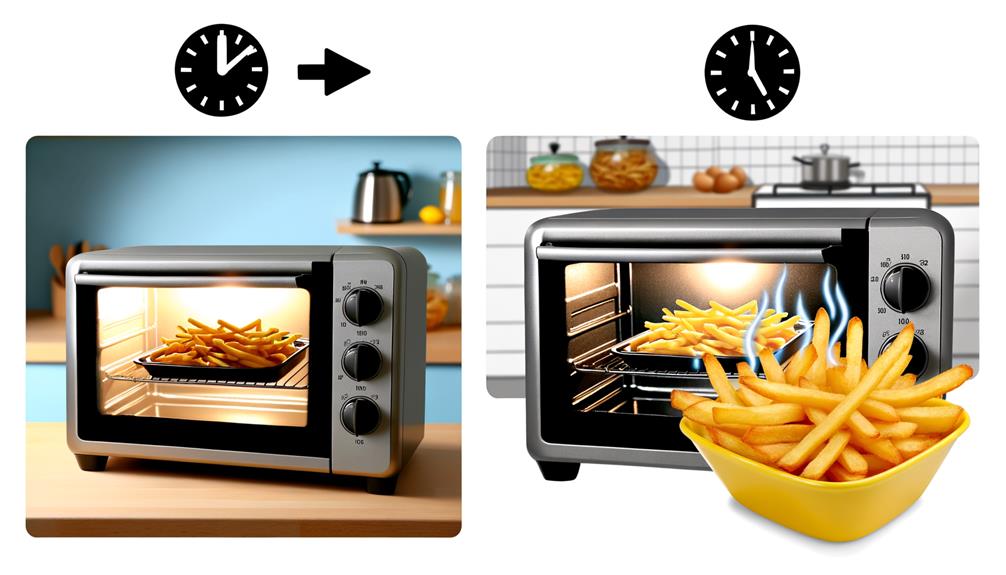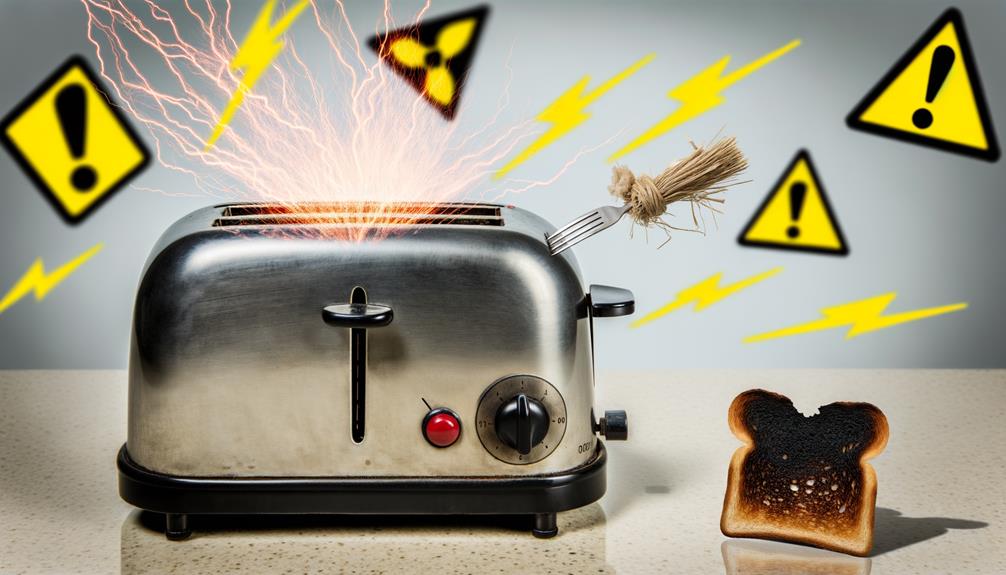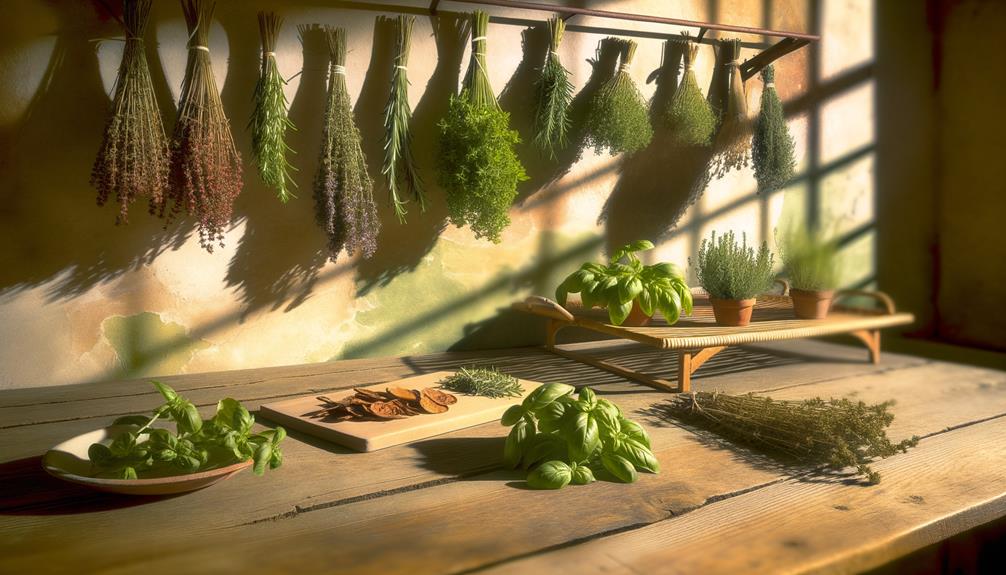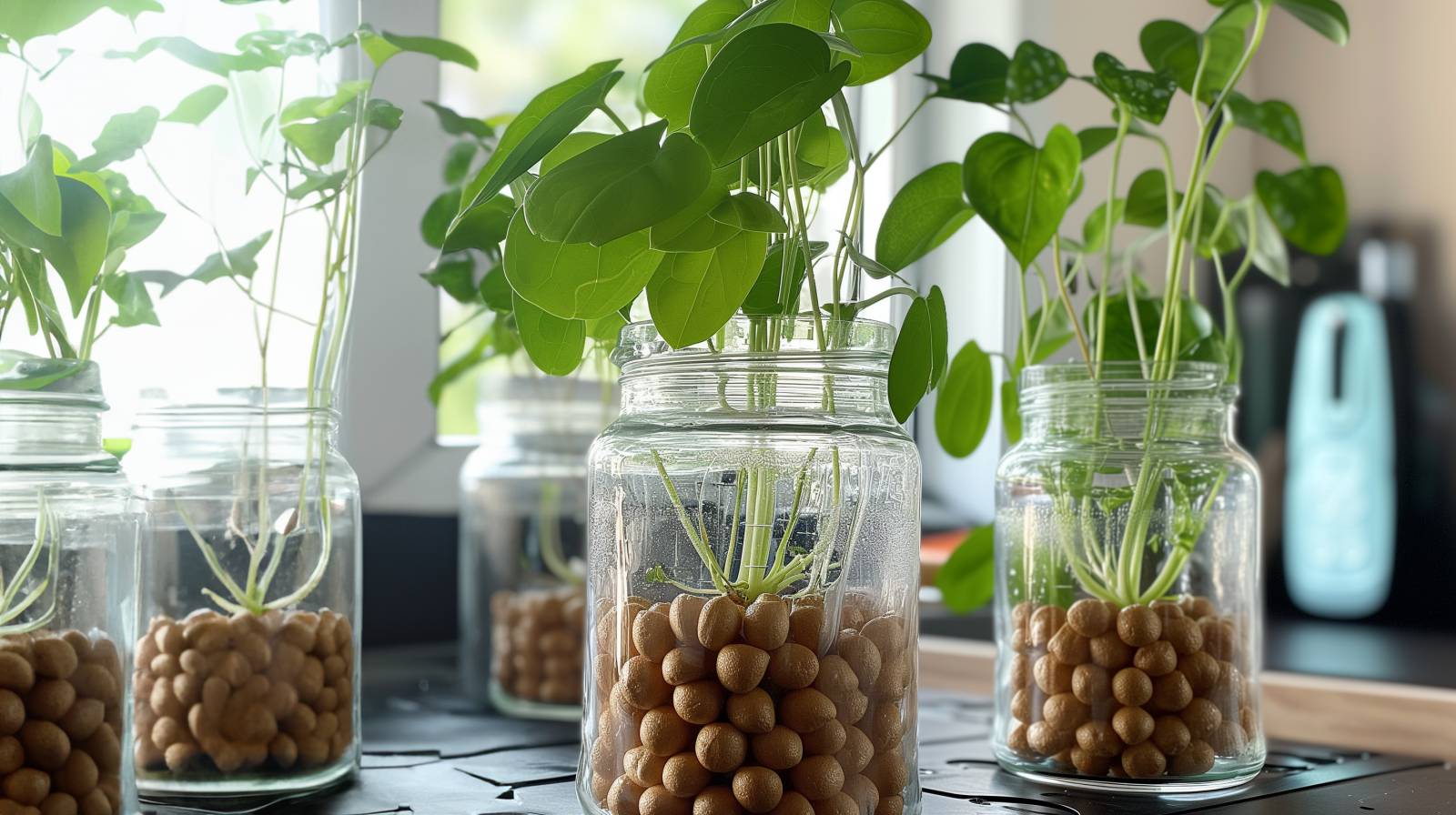Heat waves can pose a significant challenge to the health and well-being of your plants. With temperatures soaring and the sun beating down, there are some key things you can do to protect your garden from the potentially harmful effects of extreme heat.
Table of Contents
ToggleDuring a heat wave, you’ll be paying more careful attention to your garden’s water needs and using mulch and other strategies to help protect your plants from the scorching sun. By modifying your gardening techniques, you’ll be able to maintain the vibrancy and productivity of your garden, even during periods of sweltering heat. So, let’s dive into the best practices for safeguarding your garden during a heat wave and ensuring the well-being of your plants.
Preparing Your Garden for Heat Waves
Choosing Heat-Tolerant Plants
When preparing your garden for heat waves, it is essential to select heat-tolerant plants. This will ensure your garden can withstand high temperatures and remain healthy. Opt for perennials, shrubs, and flowers that are known for their resistance to heat, such as succulents, lavender, or fountain grass.
Mulching and Retaining Soil Moisture
Retaining soil moisture is crucial during heat waves. Applying a liberal layer of mulch around your plants will protect the soil from direct sun exposure and help keep it moist. Consider using a reflective mulch, like dry grass clippings, which will better shield the soil from the sun. This will contribute to a more sustainable landscape during extreme heat conditions.
Adding Shade Solutions
Adding shade solutions will help protect your garden and seedlings from the harsh sun during heat waves. One option is to use shade cloth for a simple and effective solution. You can also explore eco-friendly alternatives, such as reclaimed natural fabrics. Another efficient way to add shade is by strategically planting trees or taller plants to provide natural shade for your garden beds.
Planting Vegetables and Flowers in Containers
Planting vegetables and flowers in containers is an advantageous strategy during heat waves, especially for plants that prefer cooler soil temperatures. Containers can easily be moved out of direct sunlight when needed, protecting your plants from overheating. Some examples of vegetables suitable for containers include lettuce, radishes, bok choy, broccoli, and cabbage. Make sure to keep your pots in a shaded area during a heat wave to help your plants stay healthy and avoid wilting.
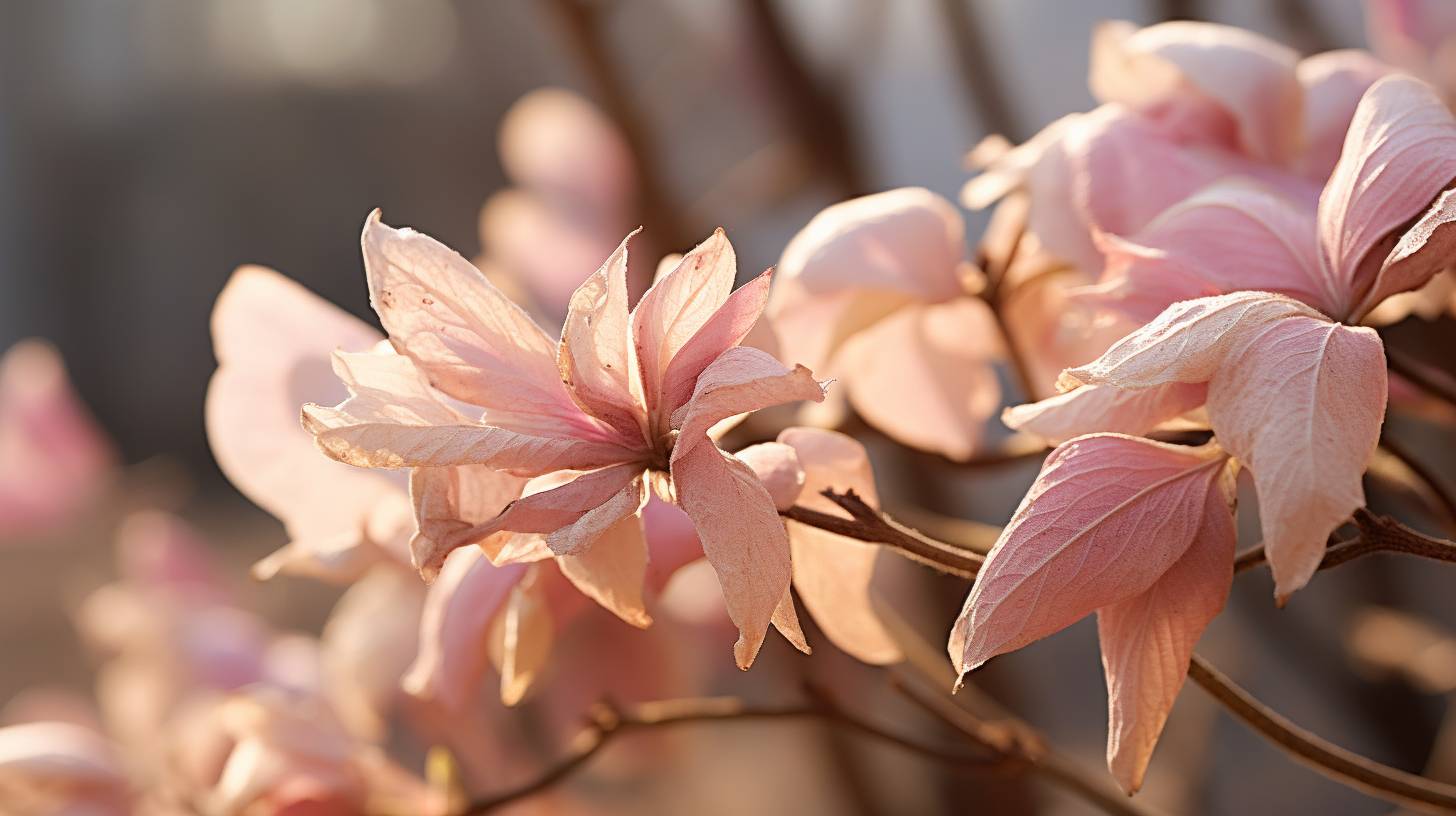
Watering Strategies during High Temperatures
During a heat wave, it’s crucial to water your garden efficiently to ensure your plants stay healthy and hydrated. Implementing effective watering strategies can lower the air and soil temperatures, ultimately helping your garden survive high temperatures.
- Water early in the day or late afternoon. The best time to water your garden is between 6 am and 10 am, allowing your plants ample time to absorb the moisture and preventing water from evaporating too quickly. Additionally, the leaves will have sufficient time to dry, reducing the risk of plant diseases. If morning watering isn’t feasible, aim to water your garden between 4 pm and 7 pm.
- Utilize efficient watering tools. Instead of relying solely on a hose, consider using a sprinkler or a drip irrigation system to evenly distribute water over your garden. For more targeted watering, a watering can helps you reach plant roots directly with less waste. Be sure to invest in a water butt to collect rainwater, which can provide a valuable water supply during droughts.
- Optimize your garden’s moisture retention. To make the most of the water you provide to your garden, prepare your plants to retain moisture. Apply a 2 to 4-inch layer of mulch around your landscape plants (making sure it doesn’t touch the stems) to reduce evaporation and keep the soil cooler. This also helps support your plants’ overall health and reduces water consumption.
- Monitor your plants closely. Keep an eye on your garden and individual plants for signs of heat stress, such as curled leaves, wilting, and fruit or flower drop. Adjust your watering schedule accordingly, especially during extended heat waves.
- Make smart decisions based on your local water supplies. In times of drought or limited water supply, prioritize your watering efforts on plants that need it most, such as newly planted seedlings and those prone to heat stress. Be mindful of water use restrictions in your area and act accordingly to conserve this precious resource.
Maintaining Lawn Health in Extreme Heat
During a heat wave, it’s vital to prioritize the health of your lawn. By following these guidelines, you can ensure your lawn remains in good condition despite the high temperatures.
First and foremost, water your lawn appropriately. Aim to water your lawn in the early morning, when temperatures are cooler. This allows the water to reach the root systems before the heat causes evaporation. Be sure to water deeply but infrequently to promote healthy, deep root systems in your turf. Overwatering won’t help—your grass actually fares better when the soil is slightly dry.
When it comes to mowing your lawn, avoid doing so during peak temperatures. Instead, opt for the cooler parts of the day to reduce stress on both you and your lawn. Keep your mower equipped with a sharp blade to ensure clean cuts, and mow frequently, removing no more than one-third of the grass blades’ height at a time. Leaving your grass slightly longer helps to shade the soil and retain moisture, which is particularly beneficial during a heat wave.
It’s best to hold off on applying fertilizers or other treatments during extreme heat. These products can stress your lawn and be less effective in high temperatures. If you must use such products, be sure to follow the recommended application rates and timings to minimize potential damage.
Lastly, pay attention to the location of your sprinklers and containers. Keep containers out of direct sunlight when possible and adjust your sprinklers to avoid overwatering certain areas. Also, consider applying mulch around plants to help keep the soil moist and protect it from direct sun exposure.
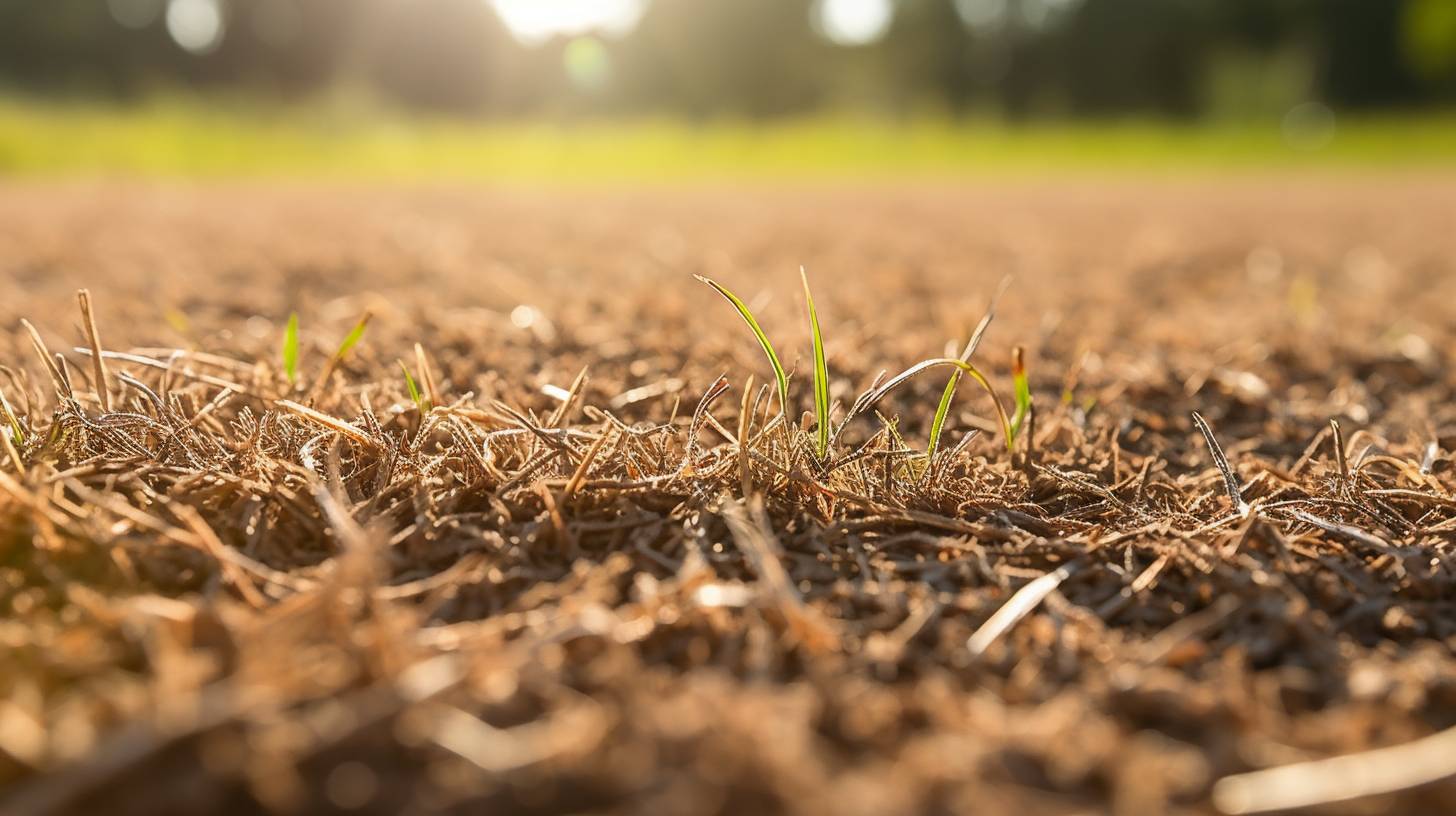
Protecting the Plants’ Health
During a heatwave, it’s crucial to take steps to protect your garden plants from stress and damage. One important step is to keep an eye on the sun’s exposure to your plants. Providing shade for your plants can alleviate stress from excessive sunlight. You can use shade cloth to protect sensitive plants, allowing them to receive filtered sunlight without wilting.
Your plants may exhibit signs of heat stress, such as drooping leaves or wilting. Regularly monitor the leaves of your plants for any visible signs of stress or damage. Don’t wait until your plants are in a dire state; instead, proactively work to protect and preserve their health.
Adequate hydration is vital for your plants during a heatwave. Be sure to water your plants at the right time of day— early morning or late evening are best. By doing so, you’ll avoid rapid evaporation and ensure the water reaches the roots. Be mindful that some areas may have water restrictions during heatwaves, so use water wisely when caring for your garden.
Another essential strategy for protecting your plants is mulching. Apply a generous layer of mulch, such as dry grass clippings or compost, around your plants. This insulates the soil, helping to keep it cool and moist, and preventing nutrient loss from evaporation. Mulch also acts as a barrier against direct sunlight, providing additional protection to your plants’ roots.
Don’t forget the importance of nutrients in supporting overall plant health. During a heatwave, plants require extra nutrients to combat stress. Utilize compost or organic fertilizer to ensure your plants have access to the necessary nutrients they need to thrive in extreme heat.
By incorporating these measures into your garden care routine, you can maintain and protect the health of your plants during a heatwave. Keep in mind that it’s essential to adapt your strategies to the specific needs of your garden and the local climate conditions.
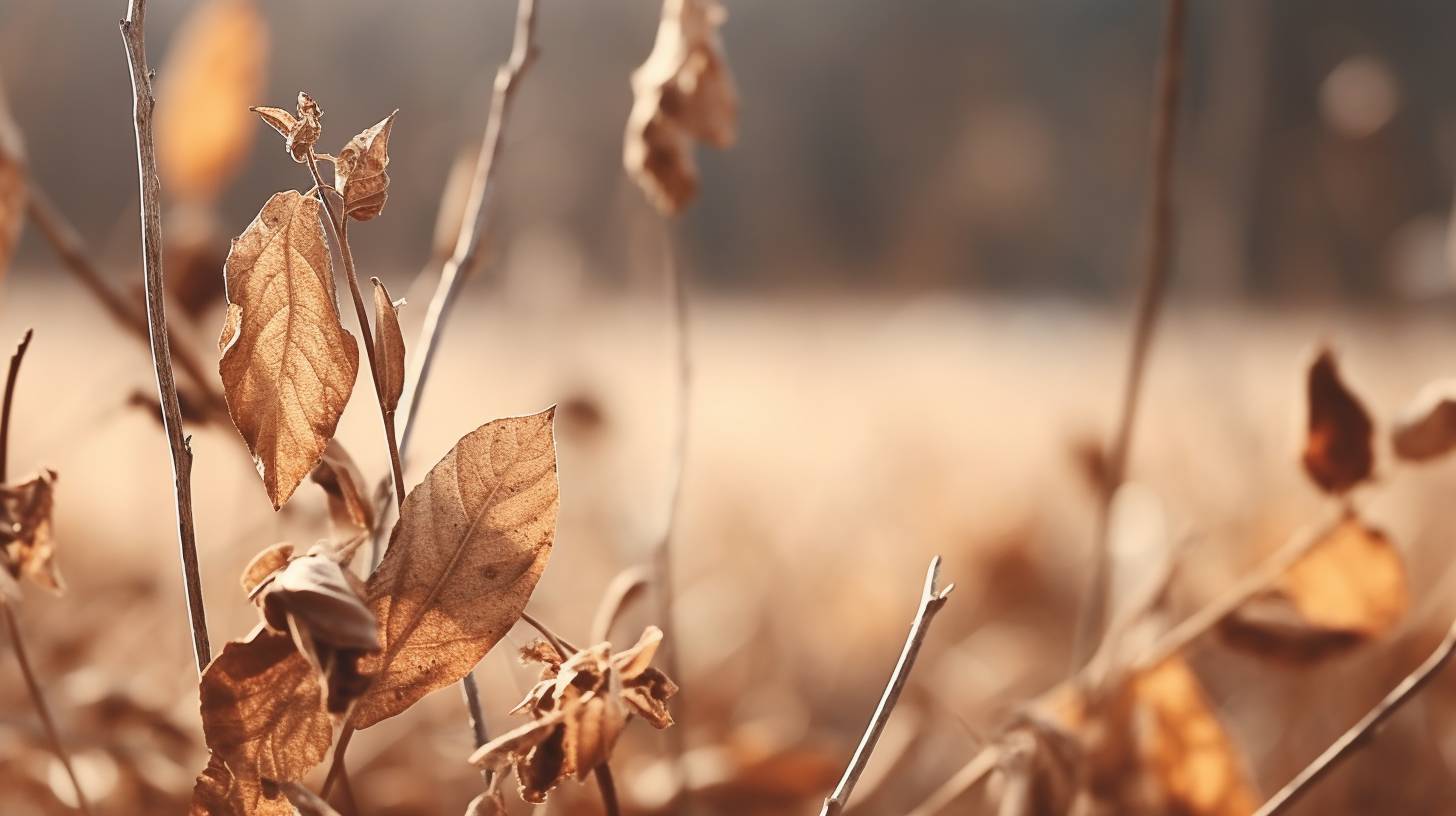
Caring for Container Plants in Heat Waves
Heatwaves can be detrimental to your container plants, but with a few adjustments, you can help them survive and thrive. Pay attention to the moisture level, temperature, and other factors that might affect your pots and their inhabitants during scorching conditions.
Start your day early and check on your plants in the morning, before temperatures soar. This is a crucial time to water them, as it ensures adequate hydration without unnecessary evaporation. Use a hose or watering can to thoroughly saturate the soil in your pots until water flows out of the drainage holes. Keep a regular watering schedule during a heatwave, as container plants tend to dry out faster than those planted in the ground.
Be mindful of your plants’ condition, and be watchful for any signs of wilting or heat stress. If you notice leaves that appear scorched, wilted, or damaged, take action immediately to remedy the situation. You may need to increase the frequency of watering, but keep in mind that over-watering can also lead to problems like root rot.
A helpful strategy is to move your pots out of direct sunlight during periods of extreme heat, protecting them from the most intense rays of the day. Rearrange your containers to shadier spots in your garden or patio, ensuring they receive some relief from the heat. This simple step will help prevent excessive moisture loss and shield your plants from potentially harmful temperatures.
Creating temporary shade can also be an effective solution, especially for larger containers that can’t be easily moved. You can do this by positioning an umbrella above the pots, draping a beach towel over a deck chair in front of the pots, or even using a simple shade cloth. This will protect your plants while still allowing for some light to penetrate.
Don’t forget to take care of yourself while gardening in a heatwave. If you’re a student working on a gardening project or just tending to your own container plants, stay hydrated, wear protective clothing, and work during the cooler parts of the day, such as early morning or late evening. By taking good care of yourself and your container plants, you can ensure that both you and your garden will get through the heat wave unscathed.
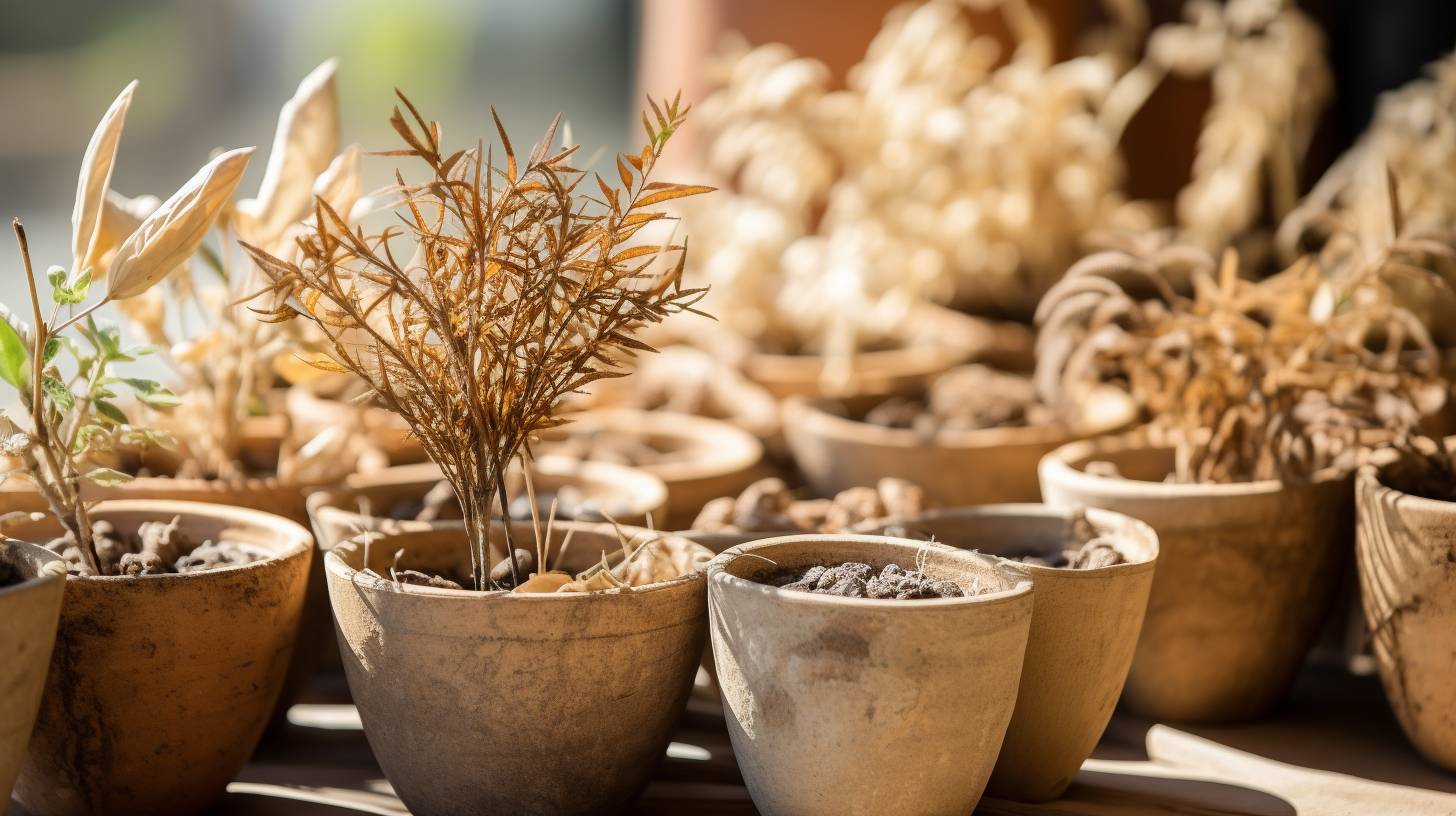
Dealing with Pests and Diseases during Hot Weather
During a heatwave, it’s important to pay extra attention to your garden as pests and diseases can become more prevalent. Here are some helpful tips to maintain your garden’s health in hot weather conditions.
Firstly, make sure you keep the soil moist, as dry soil makes it easier for pests and diseases to take hold. Water your garden regularly, preferably in the early morning or evening, to avoid rapid evaporation. Be mindful of the watering frequency, as overwatering can also create a humid environment and encourage the growth of fungal diseases.
Keep a close eye on your plants for signs of pests, such as wilting, discoloration, or holes in leaves. Insects like aphids and slugs may thrive during a heatwave and can cause significant damage to your plants. If you notice an increase in insect activity, consider implementing non-chemical pest control methods, such as introducing beneficial insects (like ladybugs) or using barriers and traps to protect your plants.
Fungal diseases can also be more prevalent during hot weather, especially when combined with high humidity. To prevent the spread of fungal diseases, ensure there is adequate air circulation around your plants by spacing them appropriately and pruning overcrowded areas. Also, avoid watering the foliage directly and focus on watering the soil to prevent conditions that encourage fungal growth.
It’s essential to maintain a healthy garden ecosystem with a variety of plants, as this helps provide a natural defense against pests and diseases. Incorporate plants that attract beneficial insects and consider using companion planting techniques to create a more balanced garden environment.
Remember, prevention is always better than cure, so keep your garden clean by removing dead leaves, debris, and infected plants. This minimizes the breeding ground for pests and diseases, helping your garden stay healthy during a heatwave.
Tips to Reduce Heat Stress for New and Transplanted Plants
During a heat wave, it’s essential to provide proper care for new and transplanted plants in your garden. These plants are more vulnerable to heat stress and need extra attention to thrive during hot temperatures.
1. Water appropriately: Make sure to water your plants deeply, targeting the base of the plants so the water reaches the root zone directly. This method ensures the roots have enough water to endure the heat and reduces waste water. It is particularly crucial to do this during a dry spell in order to maintain plant health.
2. Timing is everything: When transplanting, choose the right time to minimize heat stress. Early morning is ideal, as the temperature is cooler, and the plants have a chance to settle into their new environment before facing the direct sunlight and heat of the day.
3. Prepare the soil: Before transplanting, make sure the soil is properly prepared. Loosen the dirt and work in some organic matter to ensure adequate drainage and plenty of nutrients available from the beginning. This step will help reduce stress and improve plant growth after transplanting.
4. Mulch for moisture retention: Cover the soil with at least three inches of organic mulch to reduce moisture loss and help regulate soil temperature. Mulching also prevents surface roots from being exposed to the heat and drying out.
5. Provide adequate shade: Use shade cloth or other shading methods to create a protective cover for young plants, potted plants, and transplants. This step is particularly crucial for leafy greens and lettuces to prevent them from going to seed, a process known as bolting, during periods of intense heat.
Frequently Asked Questions
How can I protect my plants from intense sunlight?
To protect your plants from intense sunlight, apply a thick layer of mulch around the base of the plants. This will help in protecting the soil from direct sun exposure and keep it moist. Reflective mulches, such as dry grass clippings, can be particularly effective during a heatwave.
What are some ways to garden in extreme heat?
When gardening in extreme heat, it’s important to stay hydrated by drinking plenty of water and avoiding hot foods. Plan your gardening activities in the early morning or late afternoon when the temperature is lower. Wear light-colored, loose-fitting clothing, a wide-brimmed hat, and sunscreen to protect yourself from the sun.
How can I create temporary shade for my plants?
Creating temporary shade for your plants can be achieved by using items like shade cloth, umbrellas, or even placing a garden table nearby. Prop up the shade covering so it provides relief from direct sunlight during the hottest parts of the day but allows airflow around the plants.
How often should I water my garden during a heatwave?
During a heatwave, your garden may require more frequent watering due to increased evaporation rates. Monitor the soil moisture by feeling the soil at a depth of about an inch, and water when it feels dry. This may mean watering once or even twice a day for certain plants, but be sure not to overwater or cause waterlogging.
What time of day is best for watering my garden in high heat?
The best time of day to water your garden in high heat is in the early morning or late evening when temperatures are cooler, and evaporation rates are lower. This allows the water to better penetrate the soil and reach the roots of the plants.
How can I protect potted plants from extreme temperatures?
Protecting potted plants from extreme temperatures can be done by moving them to a shaded area or placing them on the ground, which can provide some insulation from the heat. It’s also important to keep the soil moist and well-drained during a heatwave. If needed, place a saucer under the pot to retain excess water, but be careful not to let the pot sit in water for prolonged periods.



